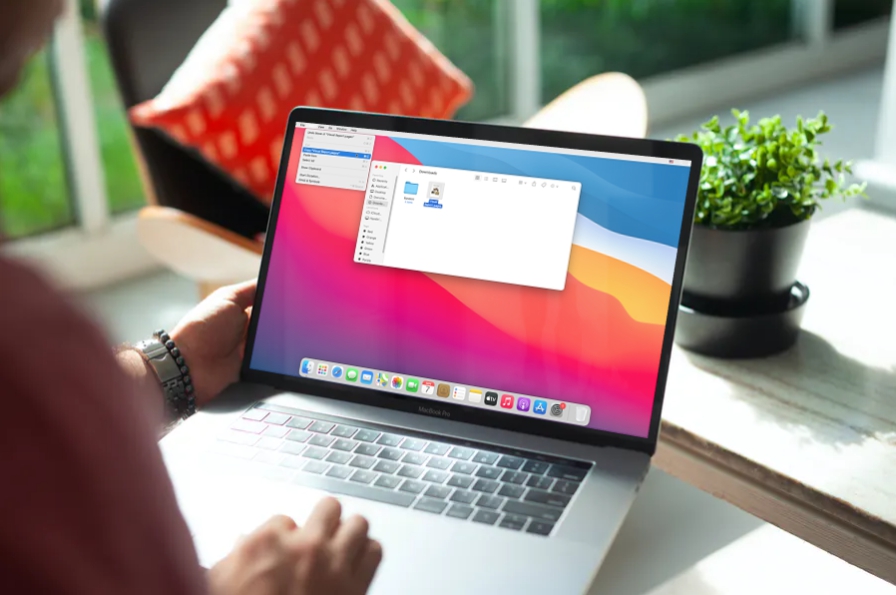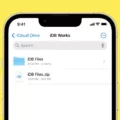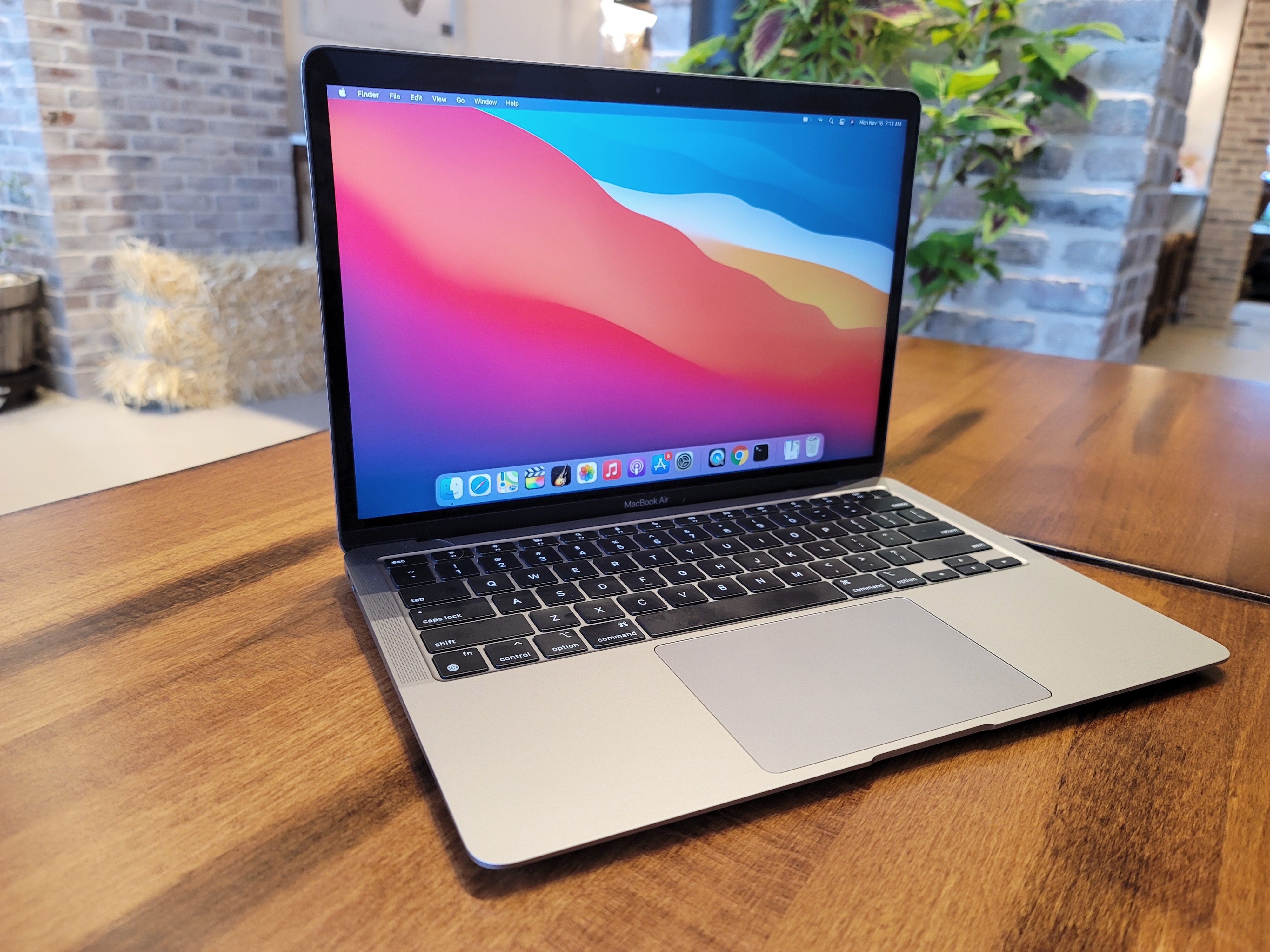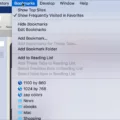Are you trying to open an EXE file on your Mac but don’t know how? Don’t worry! EXE files are Windows-based executables and can’t run on a Mac without the help of software. In this blog post, we’ll cover everything you need to know about EXE files, how to open them on a Mac, and the various tools available to make it happen.
What is an EXE File?
An EXE file stands for an executable file. It is a type of program file that runs an application or application installer in the Microsoft Windows operating system. The .exe extension indicates that the file is a program in Windows, as opposed to data files such as .doc or .pdf. While Macs cannot natively run .exe files, there are some methods you can use to open them on your Mac.
How Can I Open an EXE File on My Mac?
The easiest way to open an EXE file on a Mac is with a utility called WineBottler. This software allows you to install and run popular Windows programs on your Mac. To use it, just download and install WineBottler from the internet, then launch the software. You can also secondary-click the .exe file and select “Open With…” from the menu list and choose WineBottler from there.
Another way to open an EXE file on a Mac is through Apple’s Boot Camp program. This tool lets you install a copy of Windows directly onto your Mac so that you can then use Windows applications like any other program. It should be noted however that installing Boot Camp requires at least 10GB of free disk space available and access to installation media such as a USB flash drive or DVD containing the setup files for Windows 10 or later versions of the Microsoft Windows operating system. Additionally, it is not possible to convert an executable (.exe) file into dmg (disk image) format on macOS nor can you convert dmg into exe format since they are two different types of applications designed for different operating systems (Mac vs Windows).
EXE files are common in Microsoft Windows operating systems and cannot be opened natively by macOS without additional software like WineBottler or Apple’s Boot Camp program installed on your computer. However, with these tools, you can easily open executable files on any version of macOS without any hassle!

Opening EXE Files on Mac M1
Opening an EXE file on a Mac M1 is easy. You can use the free, open-source software WineBottler to install and run Windows programs on your Mac. To use WineBottler, simply download and install it on your Mac, then launch it to start installing and running Windows programs. You can also right-click the .exe file and open it with WineBottler to run the executable file on your Mac M1.
Installing EXE Files on Mac
Installing EXE files on a Mac can be done by using Boot Camp, a built-in utility that allows Mac users to run Windows on their machine. This allows you to access any Windows-based software and run it on your Mac. Here’s how to install an EXE file on Mac using Boot Camp:
1. First, you need to download the Windows installation file and create a bootable drive with it. You can do this by downloading the ISO file from Microsoft’s website and then burning it onto a USB drive.
2. Next, open your Mac’s utility folder and launch the Boot Camp Assistant. This will guide you through the steps of setting up a dual-boot system for running both macOS and Windows on one computer.
3. Follow all of the on-screen instructions given by the Boot Camp Assistant until you reach the “Select Destination” window, where you will choose which partition of your hard drive to install Windows onto.
4. Once you have chosen the destination, click “Install” to have your Mac restart itself into Windows setup mode.
5. After your computer restarts, follow all of the instructions in the setup wizard to install the latest version of Windows on your machine (this may take some time).
6. When finished installing, you will be presented with a screen called “Startup Manager” which contains options for booting either macOS or Windows on startup – select “Boot Camp” here to start up into macOS again.
7. Your Mac is now ready to run both macOS and Windows, so locate and launch your EXE file as usual! Keep in mind that any changes made while in Windows will not be saved when restarting back into macOS; so make sure to save all work before switching back over!
What is an EXE File on Mac?
On Mac, EXE files are typically called ‘application bundles’ or ‘.app’ files. These files contain all of the necessary resources and components needed to run an application on macOS. They are similar to EXE files in that they contain executable code, but they also include other resources like images, audio, and other data that an app may need.
Opening EXE Files on a Mac Without Wine
You can open EXE files on Mac without Wine by using virtual machines like VirtualBox or Parallels Desktop. With these virtual machines, you’ll be able to install and run a full version of Windows on your Mac and access all the applications available for Windows. This is ideal for Mac users who need to run Windows apps on a regular basis, as it eliminates the need to use Wine. To get started, you’ll need to download and install the virtual machine of your choice, then create a virtual machine with Windows installed in it. Once that’s done, you can launch the EXE file just like you would in a regular Windows environment.
Unable to Open EXE Files
It is possible that your EXE files are not opening due to corrupt registry settings or interference from a third-party product or virus. This can happen when the default configuration for running EXE files has been changed by another program. To fix this issue, you will need to reset the default configuration or remove any third-party software that could be causing the issue. Additionally, you may want to run a virus scan with an up-to-date anti-virus program to make sure your computer is not infected with any malicious software.
Opening EXE Files: What Software Is Needed?
EXE files can be opened and run by various software programs, depending on the operating system you are running. For Windows users, EXE files can be opened by Windows itself, as well as other programs such as 7-Zip and WinRAR for extracting their contents. Additionally, certain applications such as VirtualBox and Wine allow users to run EXE files on Linux and Mac OS X systems. Finally, if you have an Android phone or tablet, you can use an app like EXE To APK Converter or Inno Setup Extractor to open these files.
Conclusion
In conclusion, EXE files are executable files that are used to run applications or installers on Windows computers. Although Macs do not natively support EXE files, they can be opened using Boot Camp or WineBottler. Boot Camp allows users to install a copy of Windows and use it to run the EXE file. WineBottler translates the EXE file so that it can be understood by macOS. However, EXE files cannot be converted into dmg files and vice versa as Mac applications will not run on Windows natively.








